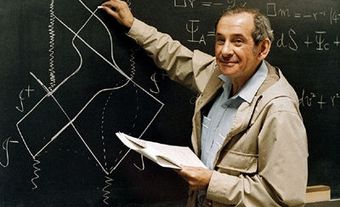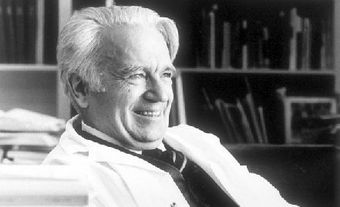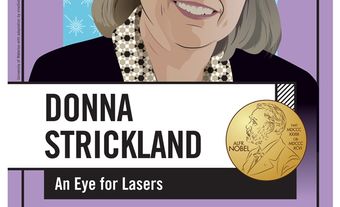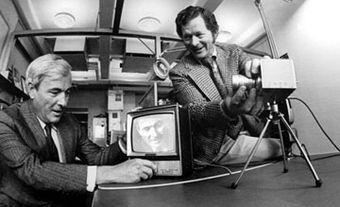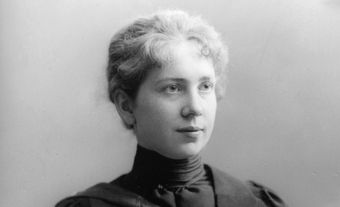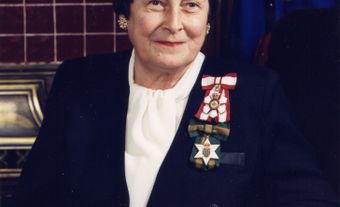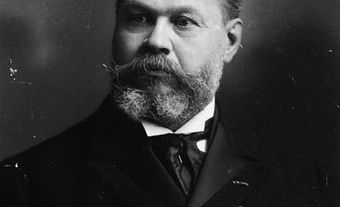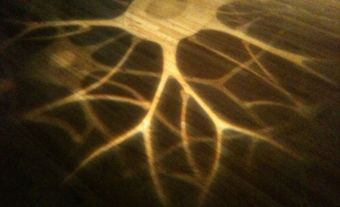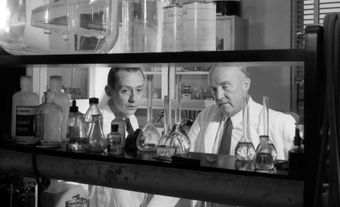Richard Edward Taylor, CC, FRS, FRSC, physicist, educator (born 2 November 1929 in Medicine Hat, Alberta; died 22 February 2018 in Stanford, California). In 1990, Taylor was jointly awarded the Nobel Prize in Physics “for the development of the quark model in particle physics.” (See also Nobel Prizes and Canada; Physics.)
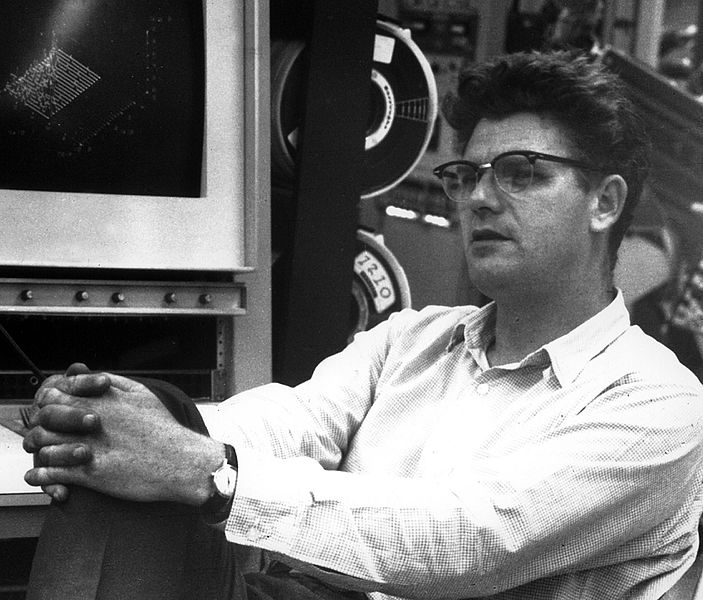
Early Life and Education
Richard E. Taylor credited the isolation of growing up in a small Prairie centre with kindling his desire to “understand the World.” The loss of three fingers in an explosion during a chemistry experiment at age 14 may have influenced him to choose physics. After completing his BSc (1950) and MSc (1952) at the University of Alberta, Taylor started his PhD at Stanford University. Before finishing that degree, he accepted an invitation to help construct a linear electron accelerator at the Laboratoire de l’Accélérateur Linéaire in Orsay, France. After three years, he joined the staff of California’s Lawrence Berkeley Laboratory briefly, but soon returned to Stanford to finish his PhD (1962) and help construct a sophisticated 2-mile (3.2 km) underground electron accelerator in the Santa Clara Valley.
Research and Nobel Prize
As a staff member of the new Stanford Linear Accelerator Center (SLAC), Richard E. Taylor advanced to professor (1970), to associate director (1982-86) and to professor emeritus (2003). His research resulted in several scientific awards, including the 1990 Nobel Prize in Physics, shared with Jerome I. Friedman and Henry W. Kendall. With Stanford’s Linear Accelerator, they were able to smash protons, until then the smallest demonstrated particles of matter. They demonstrated that instead of being uniform, protons are composed of discrete smaller particles. This showed that previously postulated and long-sought “quarks” are real entities, not merely mathematical abstractions. Their experiments also indicated the presence of “gluons,” electrically neutral constituents of the proton that “glue” the quarks together. (See also Physics.) The Nobel committee credited these researchers with revealing “a new rung on the ladder of creation.” (See also Nobel Prizes and Canada.)
Select Honours and Awards
- Fellow, Royal Society of Canada (1985)
- Nobel Prize in Physics, Royal Swedish Academy of Sciences (1990)
- Fellow, Royal Society (1997)
- Companion, Order of Canada (2005)
- Inductee, Canadian Science and Engineering Hall of Fame (2008)

 Share on Facebook
Share on Facebook Share on X
Share on X Share by Email
Share by Email Share on Google Classroom
Share on Google Classroom
